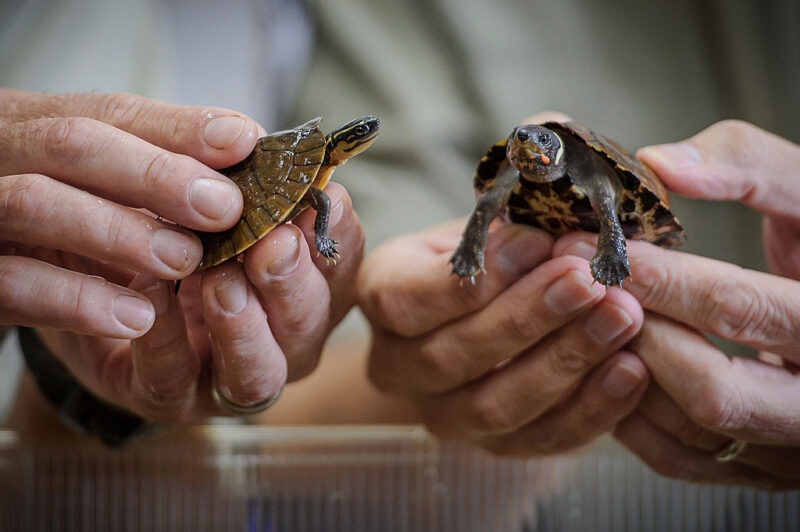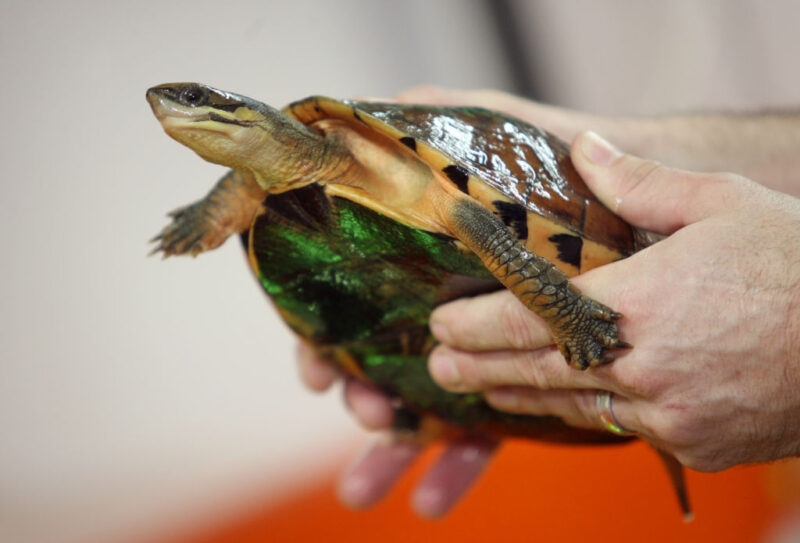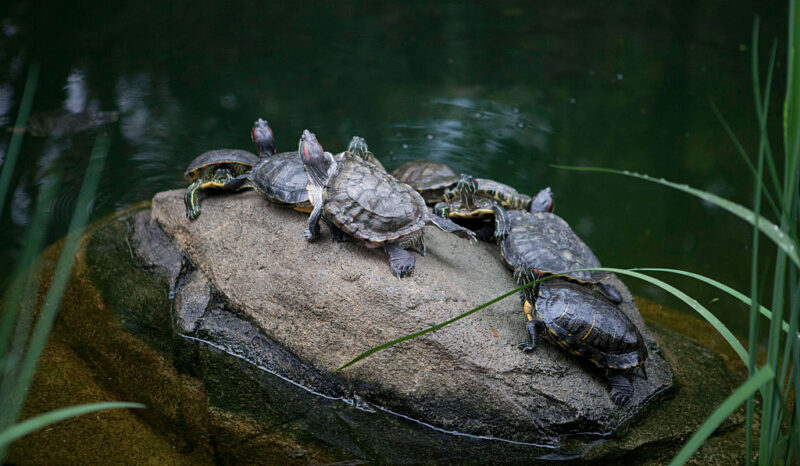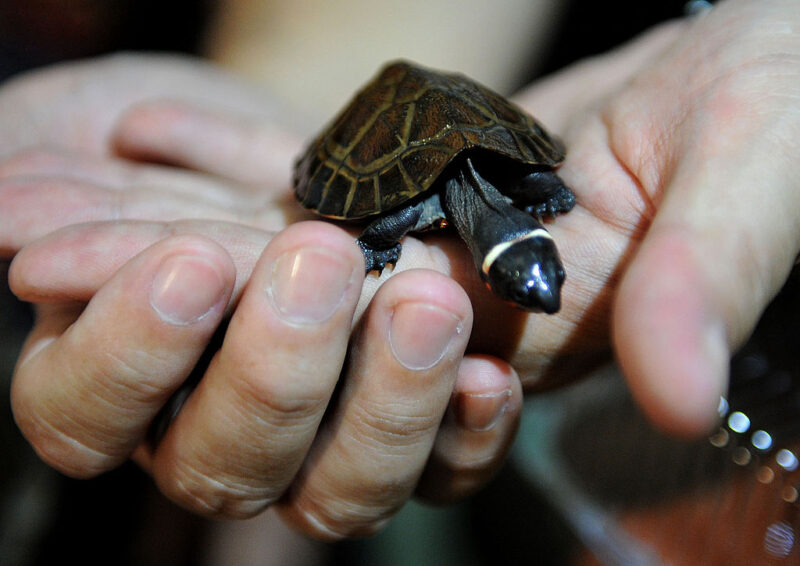‘The Situation Has Come to a Point Where It Cannot Be Worse’ – Scientists Raise Alarm Over Shrinking Turtle Population
Hong Kong is among the most heavily- and densely-populated cities in the world. It’s not just home to over 7.4 million residents, it’s also the natural habitat for several exotic turtle species, which could soon become extinct. The situation has become so dire that scientists and conservationists have had to step in to try and save the creatures – before it’s too late.
Freshwater turtles thrive in Hong Kong

For the majority of history, freshwater turtles could be found across Asia. However, this population has reduced so much that only hundreds remain, the majority of which live in Hong Kong. Speaking with CNN, Sung Yik-hei, an associate professor at Lingnan University, explained that the city “is one of the last bastions of turtle conservation in Asia.”
When people think of Hong Kong, they think of a concrete jungle, complete with towering skyscrapers, a bustling population and everything else associated with big metropolitan areas. However, the north, along the southern border with China, is the perfect habitat for turtles.
The region is covered in streams and rivers, and the climate is subtropical. There’s also a lack of development, meaning the turtles hardly ever come into contact with humans.
Asia’s turtle population has been in decline

There are two primary reasons why the freshwater turtle population has seen such a rapid decline. The first involves Chinese medicine, in which the creatures are prized. The golden coin turtle is particularly favored in the production of Guilinggao – roughly translating to “turtle jelly” – which is thought to be good for the skin.
The other reason is the exotic pet trade, which has resulted in an uptick in poaching. Turtles can sell for hundreds of thousands of dollars on the black market. The punishment for anyone caught poaching or in possession of an endangered turtle in Hong Kong is up to 10 years in prison. They may also face a fine of up to $1.27 million USD.
Golden coin turtle

As aforementioned, the golden coin turtle is among the species at the greatest risk of becoming extinct. Native to southern China, it’s estimated that just 100 remain in the wild, giving it the unwanted distinction of being among the most endangered turtle types in the world.
In Chinese folklore, the golden stripe on the back of the turtle’s head is a symbol of prosperity. The species is also distinguishable by the three black stripes on its shell, and it’s known to live on a diet of frogs, fish and carrion.
A conservation effort, known as the Golden Coin Turtle Program, is currently being undertaken by the Turtle Conservancy; the Agriculture, Fisheries and Conservation Department of Hong Kong; and the Kadoorie Farm & Botanic Garden. Those involved rescue the turtles from the United States, bring them back to China and care for them until it’s safe to return them to their native habitat.
Beale’s eyed turtle

Calling the heavily-forested areas of China home, Beale’s eyed turtles are prized by exotic pet owners for the pattern on the back of their heads. It takes the shape of two eyes, which scientists believe is an evolutionary trait to protect them from predators. The males of the species also have red facial markings.
According to Sung, there are less than 200 Beale’s eyed turtles left in Hong Kong and even fewer in mainland China. Along with poaching, the reptiles are the victims of habitat loss as a result of urban sprawl.
Big-headed turtle

The most distinct-looking reptile on the list, the big-headed turtle is native to China, Vietnam, Myanmar, Cambodia, Thailand and Laos. Residing near waterfalls and fast-moving streams, the species is recognizable by its crocodile-like tail, eagle-like beak and big head, which it can’t fit into its shell.
While not worth hundreds of thousands of US dollars like many other freshwater turtles, poachers can still sell them for up to $1,000 per reptile, meaning the big-headed turtle is also at risk of becoming distinct. The rate at which they’re disappearing from the wild has forced the International Union for Conservation of Nature (IUCN) to list the species as critically endangered.
‘It cannot be worse’

According to Sung, the gold coin, bald-headed and Beale’s eyed turtles shouldn’t be kept as pets, as they need to be housed in specific enclosures and environments. However, this hasn’t stopped poachers from taking them.
The associate professor frequently monitors nesting areas through the use of 40 surveillance cameras. It’s through the footage captured that he’s been able to see firsthand that the number of poaching incidents have increased. That’s why he’s decided to publicize the reptile’s plight.
“In all the streams I visited (on a recent trip), we observed signs of illegal turtle hunting,” he explained to CNN. “We found traps, or we know the turtles should be there, but we cannot find any.” He added, “Before, we didn’t want to tell people we have turtle populations, or so-called robust potential populations. While we wanted to educate people about wild turtles, we were worried that a certain few people might become interested and go hunting.”
More from us: Climate Change Leading to Rise in Female Sea Turtles, Decline in Males
He concluded by saying, “The situation has come to a point where it cannot be worse.”





